Dulce de leche, manjar, manjar blanco, cajeta, arequipe, son algunos de los nombres que se le da a éste rico postre muy comido en latinoamérica. Los ingredientes son pocos, la base es leche y azúcar. Dependiendo del país se usa leche de vaca o una mezcla con leche de cabra. Algunos llevan bicarbonato de sodio que ayuda a la caramelización del azúcar, lo que le da ese color oscuro al dulce de leche. Dependiendo en el tiempo de cocción, se obtiene un dulce de leche más espeso o uno un poco más líquido.
Pero para tener éste rico postre, hay que tener paciencia y tiempo. Yo recomiendo hacerlo con una amiga o mirar todos esos programas que hace mucho que querías mirar 😉 Pero necesitas estar parada/o al lado de la olla. Hay que batir, y batir y batir y batir un poco más. Pero aqui vienen un truquito. Las canicas de vidrio son de mucha ayuda. Hace mucho vi un video en youtube donde las usaban para que ayude a que la leche no se pegue en la olla. Durante la primera hora y 20 minutos, no es necesario batir seguido, porque al hervir la leche, las canicas se mueven de un lado a otro y no dejan que la leche se pegue. En los últimos 10 a 15 minutos la mezcla es muy espesa como para que te sigan ayudando y ahí tienes que batir y batir y batir.
Hay una lista larga de muchos postres ricos que usan dulce de leche, cuál es tu favorita?
Dulce de leche, manjar, manjar blanco, cajeta, arequipe, those are some of the names of this delicious latin american dessert. The ingredients are few, the main ingredients are milk and sugar. Depending on the country it´s made with just cow milk and/or with goat milk. Some recipes have baking soda in it, wich helps caramelized the sugar and gives the dulce de leche that dark/caramel color.
Depending on how long you cook it, you get get a runnier dulce de leche or more like a thick spread.
To make this yummy dessert, you need a lot of patient and time. I recommend making this with a friend or just watch that movie that you´ve been wanting to watch for a while 🙂 But you need to stand next to the stove because you need to stir, and stir and stir some more. But there is a little trick. A few years ago I saw a video where they used glass marbles, and they help a lot with the stiring. As the milk boils, the marbles move around the pot, if you don´t use them and you don´t stir constantly, the milk will stick to the it. But in the last 10 to 15 minutes you can´t depend on the marbles any more. The mixture is too thick for the marbles to dace around and then you just need to stir, and stir, and stir again.
There are so many yummy recipes out there that use dulce de leche, which one is your favorite?
Poner todos los ingredientes en una cacerola junto con algunas canicas.
In a saucepan add all the ingredients and a few marbles.
Como he dicho antes, es muy importante estar al lado de la olla, si no, pasa ésto 🙁 .
As I said it before, it´s very important to just stand next to the stove, other wise, you´ll have a big mess like mine.
Treinta minutos después...
Thirty minutes later..
Una hora después...
One hour later..
Una hora y media después..
An hour and a half later..
Una hora y treinta y cinco minutos después... está listo!
An hour and thirty five minutes later.. it´s ready!
Ricas recetas para usar el dulce de leche:
Yummy recipes wiht dulce de leche:
Cheesecake de dulce de leche / Dulce de leche cheesecake
Corteza de chocolate con dulce de leche / Salted dulce de leche bark
Fudge de dulce de leche / Dulce de leche fudge
Torta de manzanas y dulce de leche / Dulce de leche apple cake
Dulce de leche, gua´u
Receta:
2 litros (8 tazas) de leche entera (si se usa leche descremada, se corta el dulce de leche
2 tazas de azúcar
1 cucharita de vainilla líquida
1 cucharita de bicarbonato de sodio (se puede usar menos y el color será más como caramelo)
1. En una cacerola poner todos los ingredientes. Si van a usar, añadir las canicas de vidrio.
2. Revolver constantemente (si no se usa canicas) para que la leche no se pegue a la cacerola, o revolver cada 5 minutos si usan canicas.
3. Despues de más o menos 1 hora y 20 minutos, revolver constantemente, hasta obtener una mezcla espesa. El mío llevó 1 hora y 35 minutos. Si usan más leche, tarda un poco más, así como cuando usan menos leche, tarda menos tiempo.
La forma de saber si tiene el espesor deseado es, apagar el fuego, sacar una cucharita del dulce de leche y poner en un bol pequeño, esperar a que enfríe por unos 3 a 5 minutos y ver si esta al espesor deseado. Si necesita un poco más, encender el fuego y seguir batiendo. Más o menos unos 5 minutos más y probar nuevamente.
Recipe:
8 cups (2 liters) whole milk (if you try to use low fat or 2% milk, your dulce de leche will curdle)
2 cups sugar
1 teaspoon vanilla extract
1 teaspoon baking soda (you can add less than that and have more like a caramel color dulce de leche)
1. In a big pot, add all the ingredients. If using, add some marbles.
2. Stir consistently (if not using the marbles) so the milk doesn´t stick to the pot. If using the marbles, stir every 5 minutes.
3. After about an hour and 20 minutes, stir consistently, until the the mixture thickenss. Mine took 1 hour and 35 minutes. If you use more milk, this step will take longer. If you use less milk, your dulce de leche will be ready in less time too.
How can you know if your dulce de leche is ready? turn off your stove, remove a teaspoon of dulce de leche and put it in a small bowl, let it cool down for about 3 to 5 minutes and if you like the thickness you are done. Repet this until you get the desired thickness.

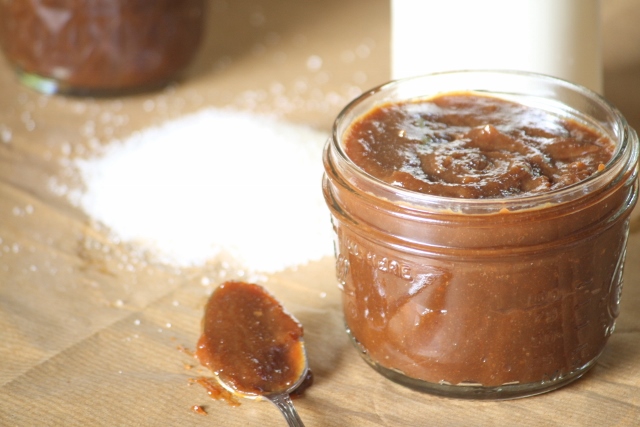
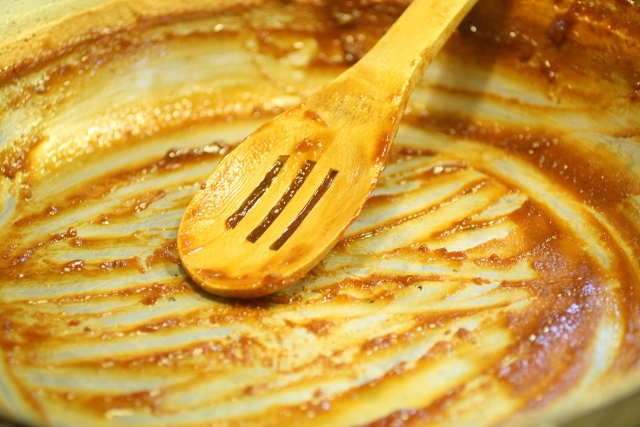
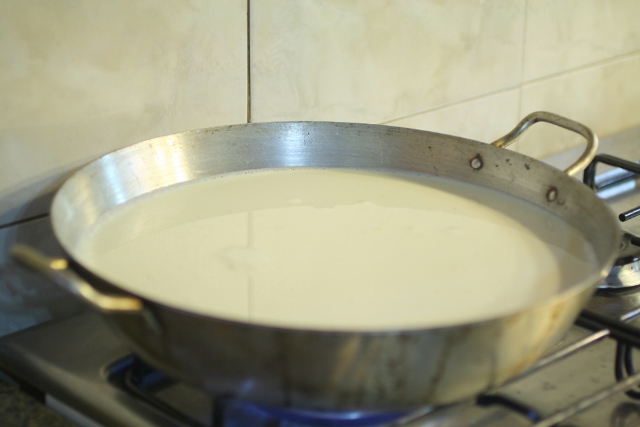
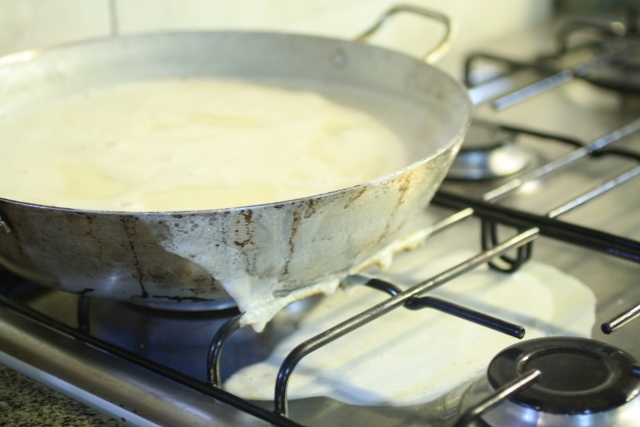




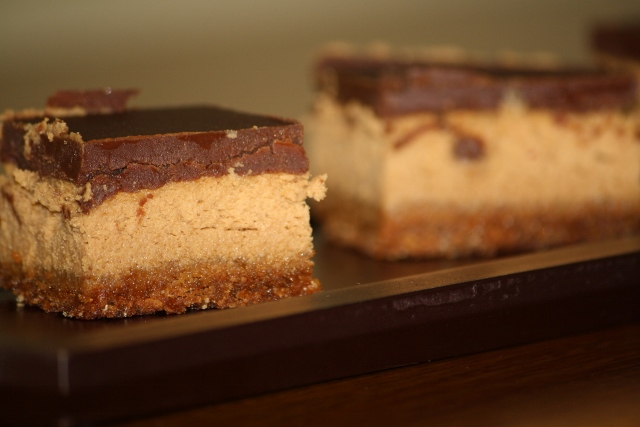
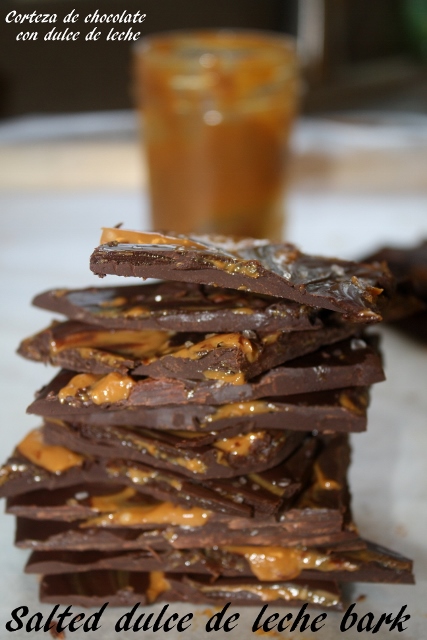
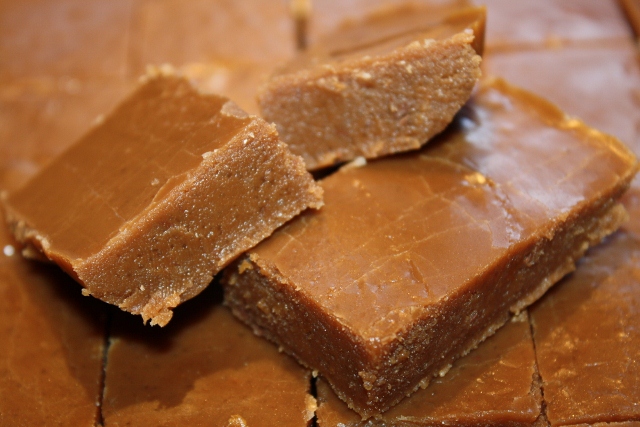
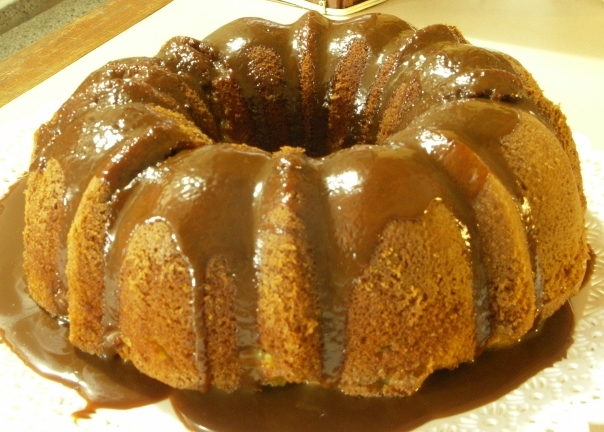
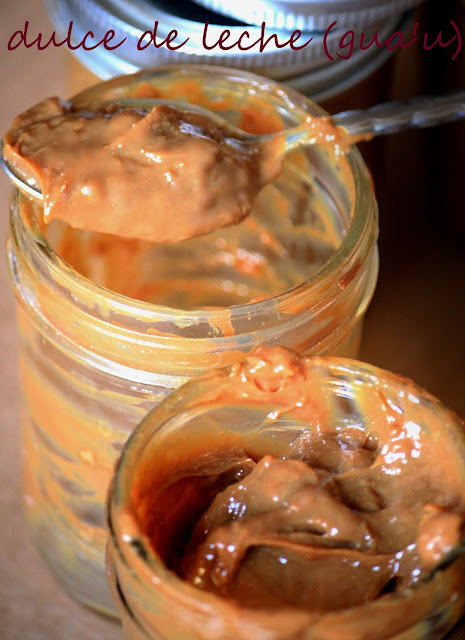




Leave a Reply